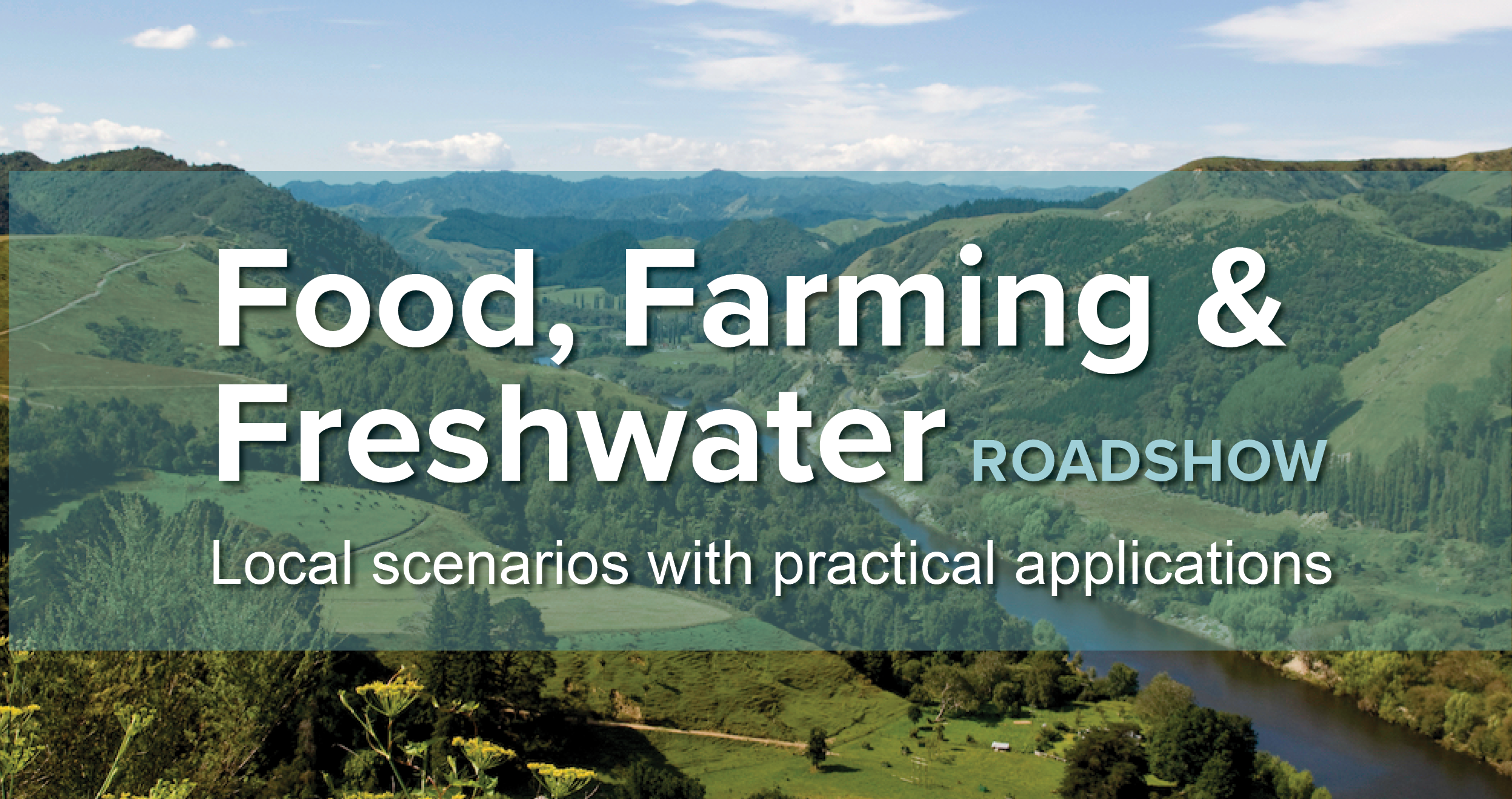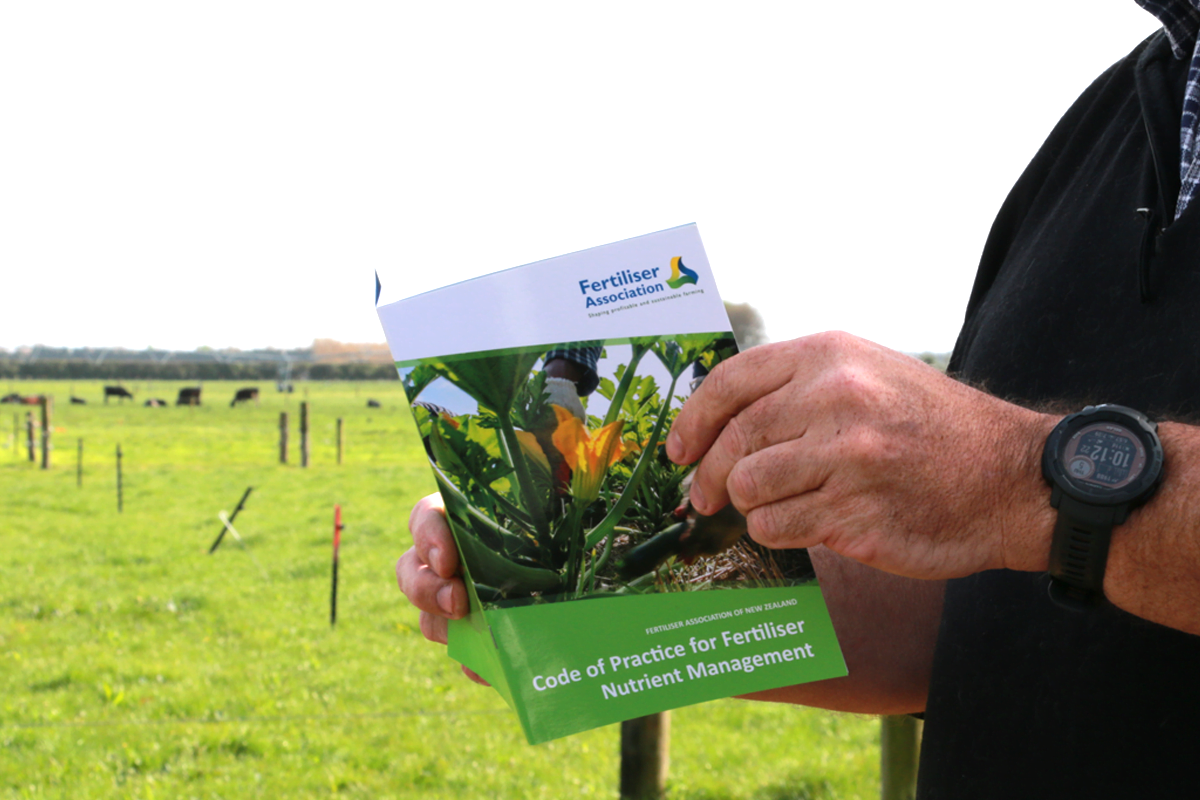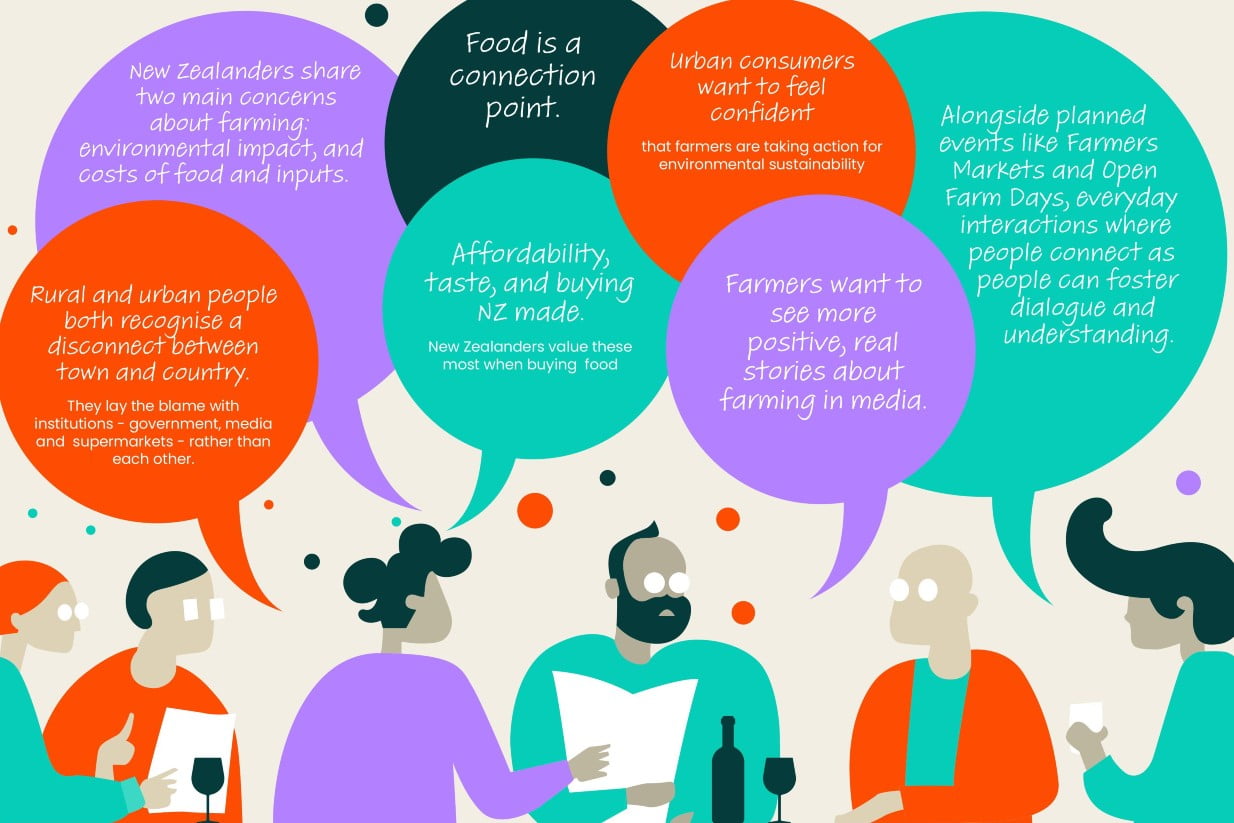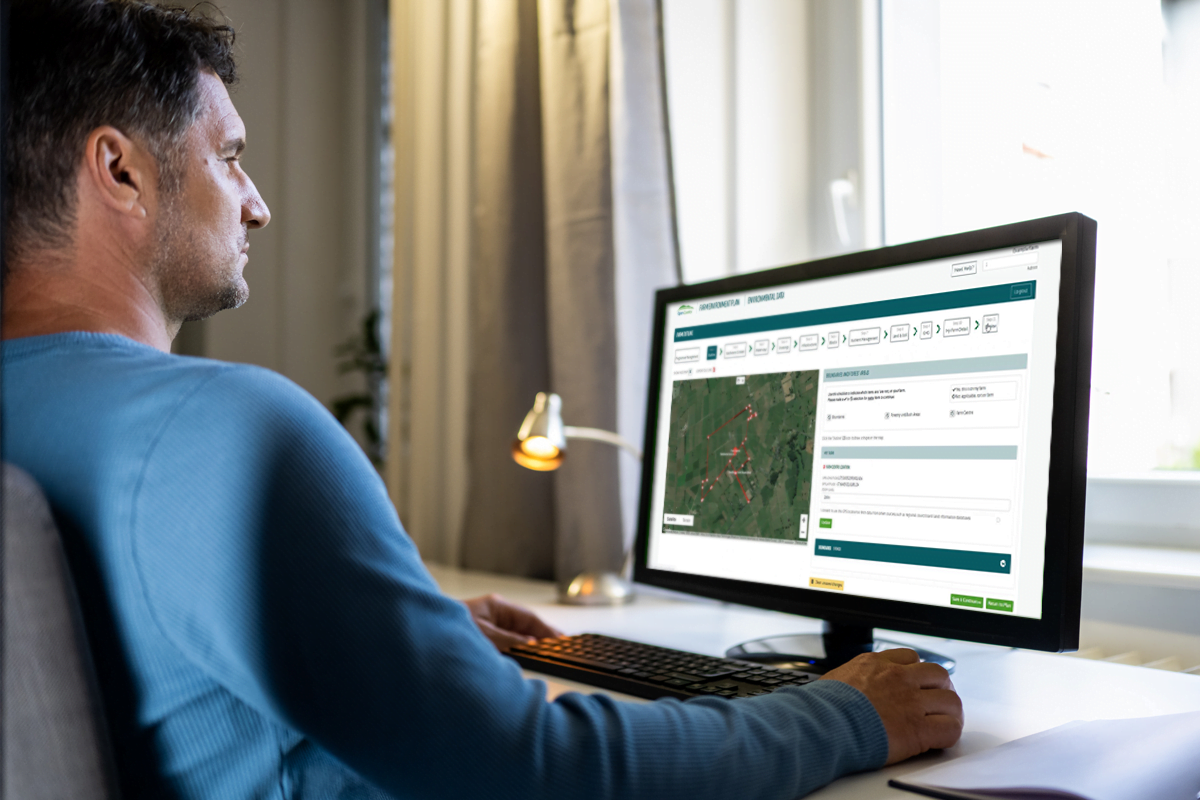‘Regen’ Research Will Benefit Some Regions More Than Others – Report
Four reports out today consider how to monitor and measure any benefits to New Zealand from regenerative agriculture, particularly in response to region-specific issues and opportunities.
Research on regenerative agriculture in New Zealand might benefit some regions more than others, says a report released today.
Regions that are likely to experience the effects of climate change more intensely, or where communities are already working together and uphold strong land-stewardship principles, are two examples where regenerative research, in partnership with communities, could provide greater benefits.
“Research to test the possible benefits of ‘regenerative’ practices could have higher impact in parts of New Zealand where there are region-specific issues or opportunities. The knowledge we gain from doing research in those regions will be of wide benefit to all of New Zealand,” says lead author of the report Dr Fiona Curran-Cournane, principal scientist at the Ministry for the Environment.
Four local case studies across Aotearoa New Zealand where regenerative farming principles have the potential to address problems faced by farming communities are identified in the report, Place-based approaches to assessing the impact of regenerative agriculture in New Zealand:
1In Otago and Southland, the report describes regenerative agriculture techniques that could help address surface erosion caused by winter-forage cropping. It describes proactive approaches that may help retain ground cover and soil cohesion following grazing. Specific examples of regenerative techniques described in the report include ‘bale grazing’ and ‘deferred grazing’.
2 In Tairāwhiti and Hawke’s Bay, some regenerative agriculture practices are identified that may support adaptation to predicted increases in the frequency and severity of drought and intense rain events under climate change. Practices identified in the report include ‘long residual’ grazing, adding pasture species with a diversity of root systems and height, and allowing pastures to grow taller.
“The research found regenerative agriculture techniques have the potential to adapt to and mitigate a range of issues facing the North Island’s upper east coast related to climate heating,” says one of the report authors, Dr Charles Merfield of the BHU Future Farming Centre at Lincoln University.
3In Pukekohe, the South Auckland market gardening area that contributes over 20% of New Zealand’s vegetable production, the report highlights the potential for regenerative agriculture practices to address the very low soil carbon levels and excessive fertiliser application rates associated with intensive conventional outdoor vegetable production. Such practices include the use of cover crops, minimal tillage, and reductions in synthetic fertiliser application rates (for example, via regular soil testing to ensure targeted fertiliser use and avoid excess nutrient loss).
Although these practices are not specific to regenerative agriculture, there could be high impact through encouraging a mindset of continuous farm improvement, a key principle of regenerative agriculture. Scientific evidence for any benefits of regenerative agriculture could also encourage uptake of these practices.
4In the upper Waikato, a key issue is the need to mitigate the impact of land use on water quality in the Waikato River. Regenerative agriculture is resonating strongly for iwi and Māori landowners within and around the Ruahuwai takiwā, says Mike Taitoko, a specialist in Māori and indigenous economic development.
“Based on current regenerative agriculture initiatives and planning processes, these groups are increasingly strengthening their culture and connection to their land and rivers,” says Mr Taitoko.
Although these practices are not specific to regenerative agriculture, there could be high impact through encouraging a mindset of continuous farm improvement, a key principle of regenerative agriculture.
The report is one of four new reports out today that consider how to monitor and measure any benefits to New Zealand from regenerative agriculture, particularly in response to region-specific issues and opportunities. The reports are:
- Place-based approaches for regenerative agriculture research (Curran-Cournane et al, 2021)
- New Zealand’s monitoring frameworks for agricultural sustainability and assurance (Merfield, 2021)
- Research strategies relevant to regenerative agriculture (Grelet, 2021)
- The One World, One Health framework and its relevance to farming – a perspective piece (Dewes and Tapsell, 2021)
The reports were produced by a research project funded by the Our Land and Water National Science Challenge, the NEXT Foundation and Manaaki Whenua – Landcare Research. The project has so far produced 19 reports, each providing recommendations for how claims regarding specific possible benefits of regenerative agriculture could be tested in Aotearoa New Zealand.
Speakers: Mike Taitoko (Toha Foundry), Dr Ina Pinxterhuis (Dairy NZ), Dr Fiona Curran-Cournane (Ministry for the Environment), Dr Gwen Grelet (Manaaki Whenua – Landcare Research)
Are current farm assessment schemes suitable for regen farms?
Another report out today looks at some industry sustainability assurance and monitoring schemes – including organic certification, Sustainable Wine NZ, and New Zealand Good Agricultural Practice – to highlight the diverse range of approaches taken and how this could inform any certification or assurance system for regenerative agriculture. (The schemes considered are not exhaustive but represent different types of frameworks across different sectors.)
The report, New Zealand’s monitoring frameworks for agricultural sustainability and assurance, assesses these frameworks using two global schemes: SAFA (which assesses what aspects of sustainability are measured), and ISEAL Alliance (which assesses how they are measured).
The report finds a wide range of variation in the issues covered, their rigour, reliability, independence, and transparency. There are also different general approaches: input vs outcomes-based frameworks; and fixed benchmark vs continual improvement frameworks. There are pros and cons to these different approaches.
“This high-level review clearly shows that, compared with SAFA, no current sustainability assessment framework is comprehensive”
— Dr Charles Merfield, BHU Future Farming Centre
“This high-level review clearly shows that, compared with SAFA, no current sustainability assessment framework is comprehensive. All omit some themes, and some omit entire dimensions,” says report author Dr Charles Merfield of the BHU Future Farming Centre at Lincoln University.
“Different primary sectors in Aotearoa New Zealand have taken highly contrasting approaches to their sustainability standards. This could be overwhelming for consumers to understand and even prove a challenge for those in the food distribution and retail systems,” says Dr Merfield.
To be relevant, research seeking to test or quantify outcomes for regenerative agriculture should contribute to industry-led outcome verification initiatives.
Another report, The One World, One Health framework and its relevance to farming – a perspective piece, suggests one possible approach based on the successful ‘One Health’ framework, a collaborative international framework that brings together health science disciplines.
Research strategies for regenerative agriculture
The final report to be released by this research project in 2021 looks at how the science system can fill more than 60 knowledge gaps identified in the previous 18 reports, compiling all the research methods recommended by the 72 report authors.
The report, Research strategies relevant to regenerative agriculture, emphasises that regenerative agriculture is increasingly backed by multinational food companies. In this context, the report argues that research must go further than testing whether regenerative agriculture practices ‘work’ but seek to understand how to optimise them for New Zealand, how they can adapt to future environmental and trade conditions, and how they can help New Zealand achieve its long-term goals.
This means research must be undertaken in genuine partnership with iwi and farmers applying regenerative principles, with greater recognition of evidence derived from landowners’ observational knowledge.
“This is an opportunity to ensure that research supports farmers and the common good of all New Zealanders”
— Dr Gwen Grelet, Manaaki Whenua – Landcare Research
The report identifies strategies for combining agricultural, social and environmental research, and provides examples of collaborative research that could be applied in New Zealand, such as ’real world labs’ or the EU’s knowledge and innovation communities.
“The topics we research and the way we undertake research have a huge influence on how relevant and useful our research is for farmers and growers,” says the project lead and report lead author Dr Gwen Grelet, senior scientist at Manaaki Whenua – Landcare Research.
“Land managers and scientists need to work together to understand whether the claimed benefits of regen farming practices are real, and how substantial they are. As scientists, we need to be agile and transparent, adapting and learning with those who are innovating on the ground. This is an opportunity to ensure that research supports farmers and the common good of all New Zealanders.”
Register for the webinar series
A webinar to be held on Tuesday 23 November (12–1pm) will discuss these reports and provide an overview of how to assess the impact of regenerative agriculture on farm businesses.
Speakers: Mike Taitoko (Toha Foundry), Dr Fiona Curran-Cournane (Ministry for the Environment), Dr Charles Merfield (BHU Future Farming Centre), Dr Ina Pinxterhuis (Dairy NZ), Dr Gwen Grelet (Manaaki Whenua – Landcare Research)
EDIT: This webinar has now been held, see video embedded above or on Vimeo here.
More information:
- The Regenerative Agriculture project was a large collaborative effort across the New Zealand agri-food system over the course of 6 months in 2020 that included representatives of the research community, farming industry bodies, farmers (conventional and ‘regenerative’), consultants, governmental organisations, and entrepreneurs. See: ourlandandwater.weaveclient.site/regen-ag/
- More information about all webinars in the series. Find video of all previous webinars on Vimeo.
- The four reports are:
- Place-based approaches for regenerative agriculture research (Curran-Cournane et al, 2021)
- New Zealand’s monitoring frameworks for agricultural sustainability and assurance (Merfield, 2021)
- Research strategies relevant to regenerative agriculture (Grelet, 2021)
- The One World, One Health framework and its relevance to farming – a perspective piece (Dewes and Tapsell, 2021)
- Note: The reports in this project were prepared simultaneously and independently of each other. Authors did not always have the opportunity to read other reports before submitting their final reports. Some inconsistencies between reports may result.
Author
8 responses to “‘Regen’ Research Will Benefit Some Regions More Than Others – Report”
Thanks I really enjoyed the webinars I managed to see and being able to read a short summary of what was in he reports was very useful.
I look forward to following the journey that science is taking to unravel the “mysteries ” of regenerative agriculture for the benefit of farmers , and in fact all New ZealandersThanks Gill! If you want to catch up on the webinars you missed, you can find them here: https://vimeo.com/ourlandandwater
Hi Charles. If we did align NZ assurance frameworks with SAFA, would that guarantee recognition in export markets? What if we go through that process then a new overarching framework becomes the standard and we have to do it all again?
That is a marketing question – i.e., what our markets want, and that is outside expertise in agronomy. However, my non-specialist view is there is a pretty clear one-way direction of travel in the assurance framework space of them increasing in depth and breadth over time – all the way back to the 1970s when the first organic certification started. I’ve not seen a single framework become shallower and narrower. So, I would expect that all frameworks will continue to broaden and deepen towards SAFA. Merf
As a mechanism to formally get the potential benefits of RA considered out to the farming community, do you think it makes sense to push to have RA formally included in the Freshwater Management Unit agendas now legislated, as it does have the potential to positively impact the quality and quantiy of freshater as Fionas carbon depetion graph indicates.
As I’m not fully up to speed with the ‘Freshwater Management Unit agendas’ I’ll come at this from the RA end. Contrary to the desires of some to see RA clearly defined and therefore boxed in, I think one of its strengths is that it is undefined and fluid, so it can morph and adapt as it progresses. Tying it down in legislation will remove (some of) its ability to change and adapt.
It is also a totally farmer ‘owned’ and driven movement (though a number of Corporates are trying to capture it for their purposes) and tying it to legislation removes (at least some of) that farmer ownership and control which may result in them abandoning it and moving onto something else that is theirs.
At a practical level however, many of the on-farm techniques that RA farmers are developing and refining, e.g., deferred grazing and overwinter bale grazing may well be much better for freshwater than current practices, e.g., over winter forage crops.
Merf, you mention that removing any subsidies from NZ ag was a deliberate intervention. If the system as it currently exists is flawed, targeting wealthy consumers overseas for NZ products, to generate funds for environmental protections, rather than a differently oriented structure that rewards sustainable food producers, with healthy nutritious foods grown in NZ that is affordable and also available NZ eaters etc, can a change in mindset for a different system be envisioned?
I think a whole load of different systems have already been envisioned and implemented – these are what I call the ‘Alt-ags’ which I cover in the “An introduction and guide to the ‘alternative agricultures’: an enquiry into Values” report (https://staging.ourlandandwater.nz/wp-content/uploads/2021/10/Merfield2021_IntroAlternativeAgricultures-1.pdf) and include systems that are radically different to mainstream agriculture such as Permaculture and Masanobu Fukuoka’s natural farming to systems that are adaptations of mainstream farming such as conservation agriculture and no-till. What I see happening now is many of the values, philosophies, and practical farming techniques of the alt-ags are increasingly seeping into mainstream agriculture. One way to view RA is that it is part of the acceleration of that process as it is something of a mash-up or marriage of many of the alt-ags while still being mainstream farming.
 View Our Strategy Document 2019 – 2024
View Our Strategy Document 2019 – 2024




Leave a Reply